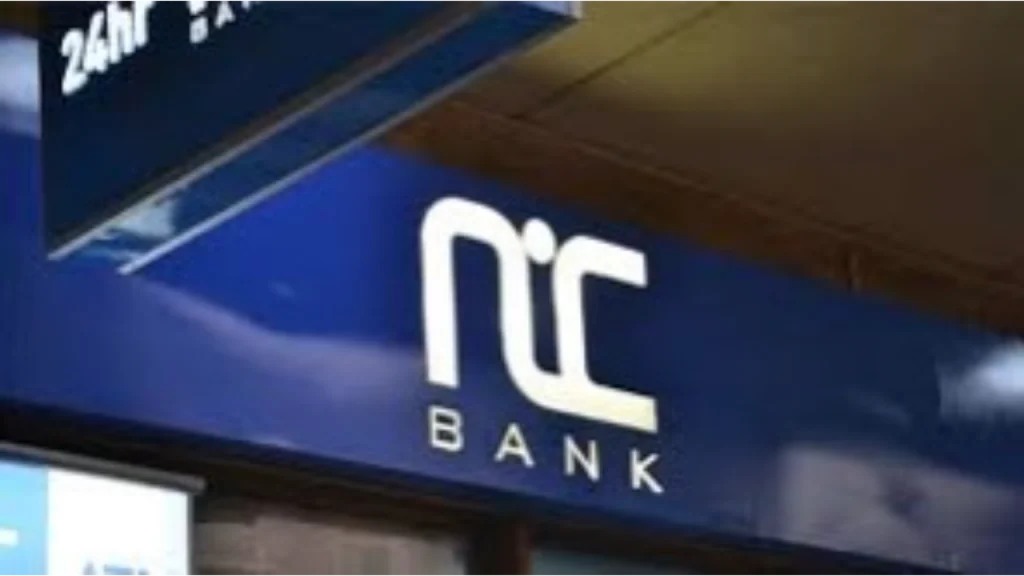- Over 400 branches and 13,000 agents support nationwide access.
- Digital tools drive inclusion and improve customer experience.
NIC Asia Bank grows national footprint with innovation at the core
NIC Asia Bank has emerged as a key financial player in Nepal’s banking sector, known for its wide network and forward-looking digital strategy. With over 400 branches, 130 extended counters and more than 13,000 banking agents, the bank has significantly boosted access to financial services across rural and urban areas.
Established in 1998, NIC Asia Bank has evolved from a traditional commercial bank to a tech-enabled financial institution. Its mobile banking platform, “NIC ASIA MoBank,” and online services now serve millions, reducing reliance on physical branches and allowing customers to carry out transactions securely and conveniently.
Also read: Spendbase rolls out virtual cards and digital banking platform
Also read: Standard Chartered: Pioneering digital banking and sustainability
NIC Asia Bank responds to sector challenges with digital-first approach
Nepal’s banking sector is navigating regulatory reform, cyber security concerns, and the need for financial inclusion. NIC Asia Bank is addressing these issues by investing in digital infrastructure and customer experience.
The bank has focused on automating key operations, improving mobile banking security and launching financial literacy campaigns. These efforts aim to enhance trust in digital finance, particularly among underbanked communities.
Recent innovations include integrating biometric authentication for mobile banking and rolling out real-time support chat features. Additionally, NIC Asia is collaborating with fintech partners to develop customised solutions for SMEs and rural entrepreneurs.
Nepal’s broader banking landscape is undergoing a digital shift, driven by central bank policies and growing consumer demand for fast, secure, and accessible financial services. NIC Asia Bank’s continued investments position it as a leader in shaping the country’s digital economy.

